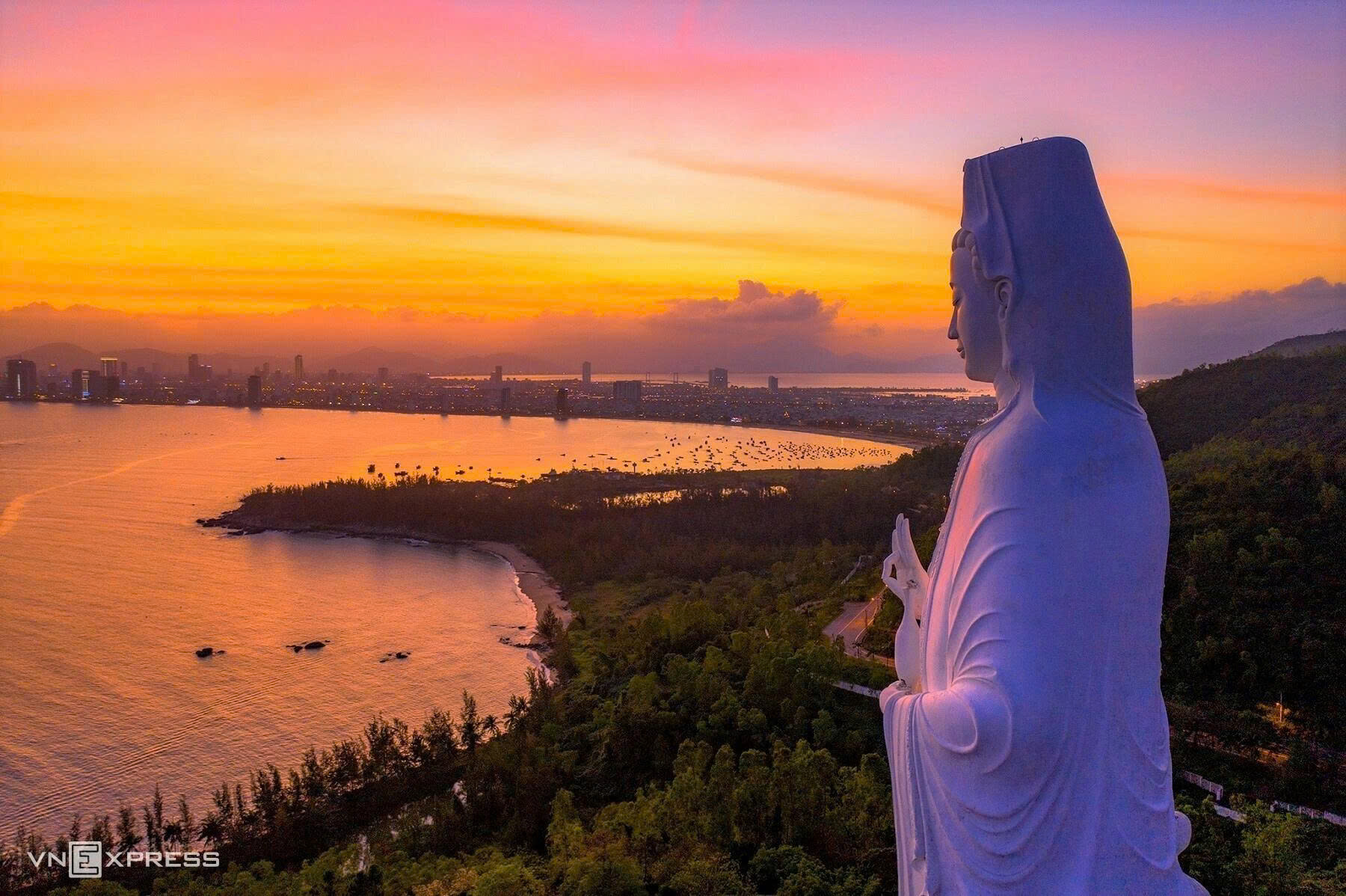 |
Bai But
Located in the southern part of the Son Tra peninsula, about 15 km from downtown Da Nang, Bai But is an ideal destination for those seeking natural beauty and spiritual exploration. Developed for tourism since 2012, the area retains a rare pristine charm.
Next to Bai But is the Linh Ung pagoda, home to the famous statue of the Goddess of Mercy. This coastal area is associated with many ancient legends, including the tale of a Buddha statue emerging from the sand and the Goddess of Mercy carrying a child ashore. Locals call it Bai But, a place to pray for peace and calm seas.
Photo: Vo Van Viet
 |
Ghenh Bang
About 15 km from downtown Da Nang along Hoang Sa road, Ghenh Bang has become a familiar destination for independent travelers in recent years. Located on the Son Tra peninsula, along with Mui Sung, Mui Nghe, and Bai Da Den, it forms a system of pristine landscapes with few visitors.
Ghenh Bang has a 2 km coastline featuring large and small rocks jutting out into the sea, flat sandy beaches, near-shore coral reefs, and a shady forest. Visitors often choose to camp, picnic, bring their own food and drinks, or enjoy freshly caught seafood like crabs, snails, and fish.
Many families with young children choose Ghenh Bang as a weekend getaway for its natural setting, away from the hustle and bustle of the city.
Photo: Huynh Nhi
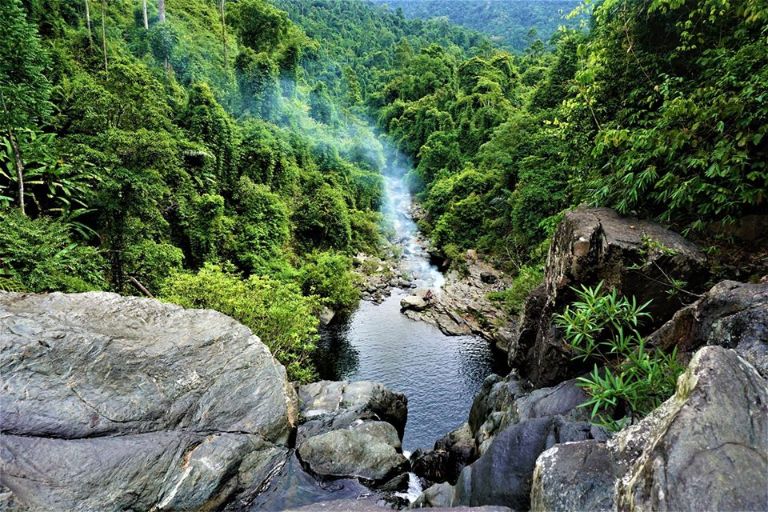 |
Ba Do Phot Waterfall
Located about 50 km west of downtown Da Nang, Ba Do Phot waterfall is in Phu Hoa commune, Hoa Vang district, on a mountain range belonging to the Nui Chua mountain complex. At an altitude of about 1,000 m above sea level, it enjoys a cool climate year-round and boasts a diverse ecosystem.
The French named Ba Do Phot waterfall while surveying the area for the construction of the Ba Na resort. While the original French name is no longer used, the phonetic transcription "Ba Do Phot" remains. While Ba Na Hills has become an internationally renowned destination, Ba Do Phot waterfall retains its pristine beauty, with a gently flowing stream, natural rock formations, and a lush forest canopy.
This destination is a favorite among young adventurers seeking a peaceful weekend trekking experience in nature.
Photo: mroldman.net
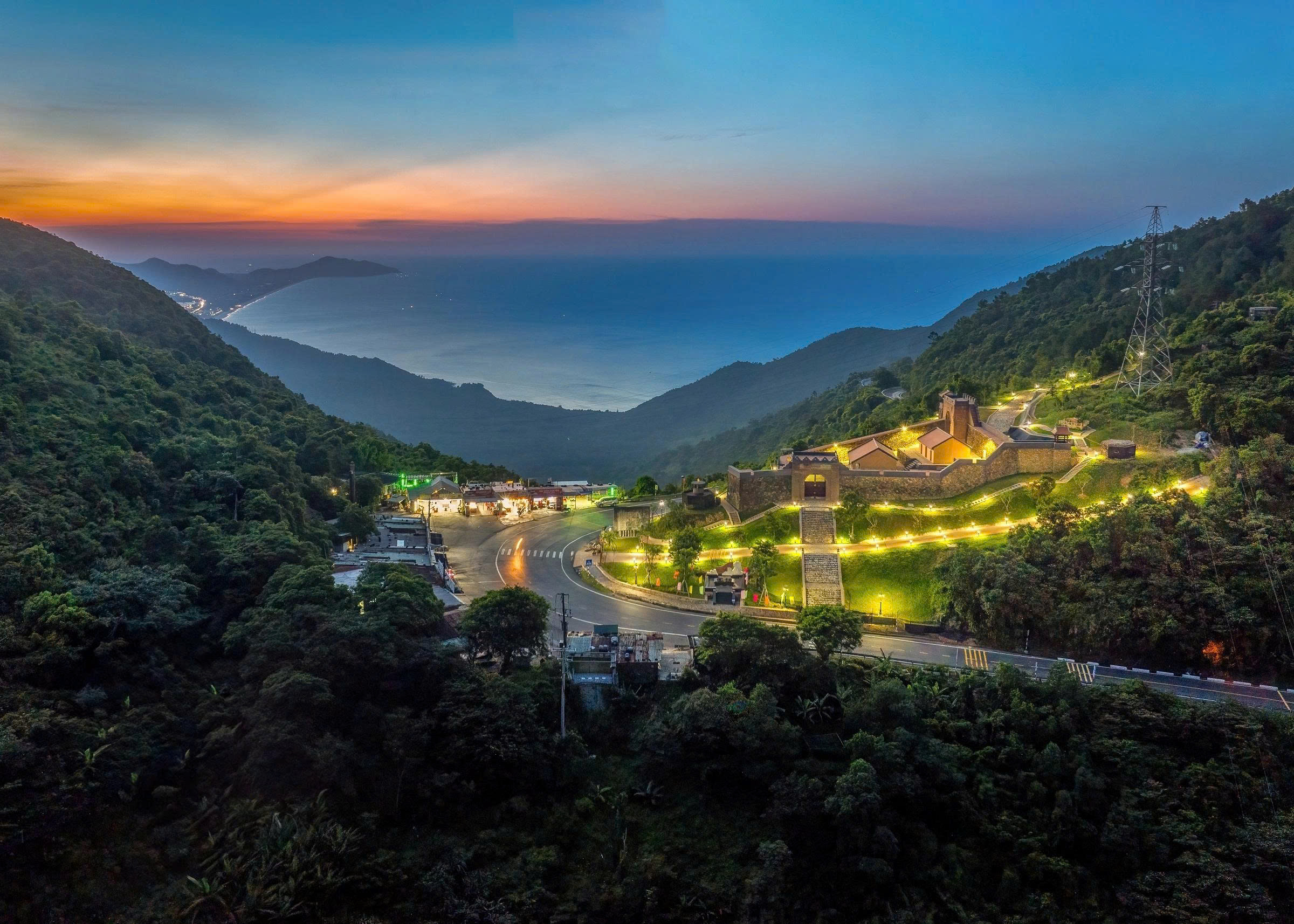 |
Hai Van Pass
Located at the top of Hai Van Pass, the natural border between Da Nang and Thua Thien Hue, Hai Van Quan is not only a historical relic but also a dividing line between the climates and cultures of the two regions.
The nearly 200-year-old structure, which had fallen into disrepair, has been restored after three years of renovation. The main gate, built of large bricks in the Nguyen dynasty architectural style, is surrounded by a system of fortified stone walls. The words "Hai Van Quan" are inscribed in Chinese characters above the gate, standing out against the sky and clouds, creating an attractive stop for tourists and history enthusiasts.
Photo: Trung Phan
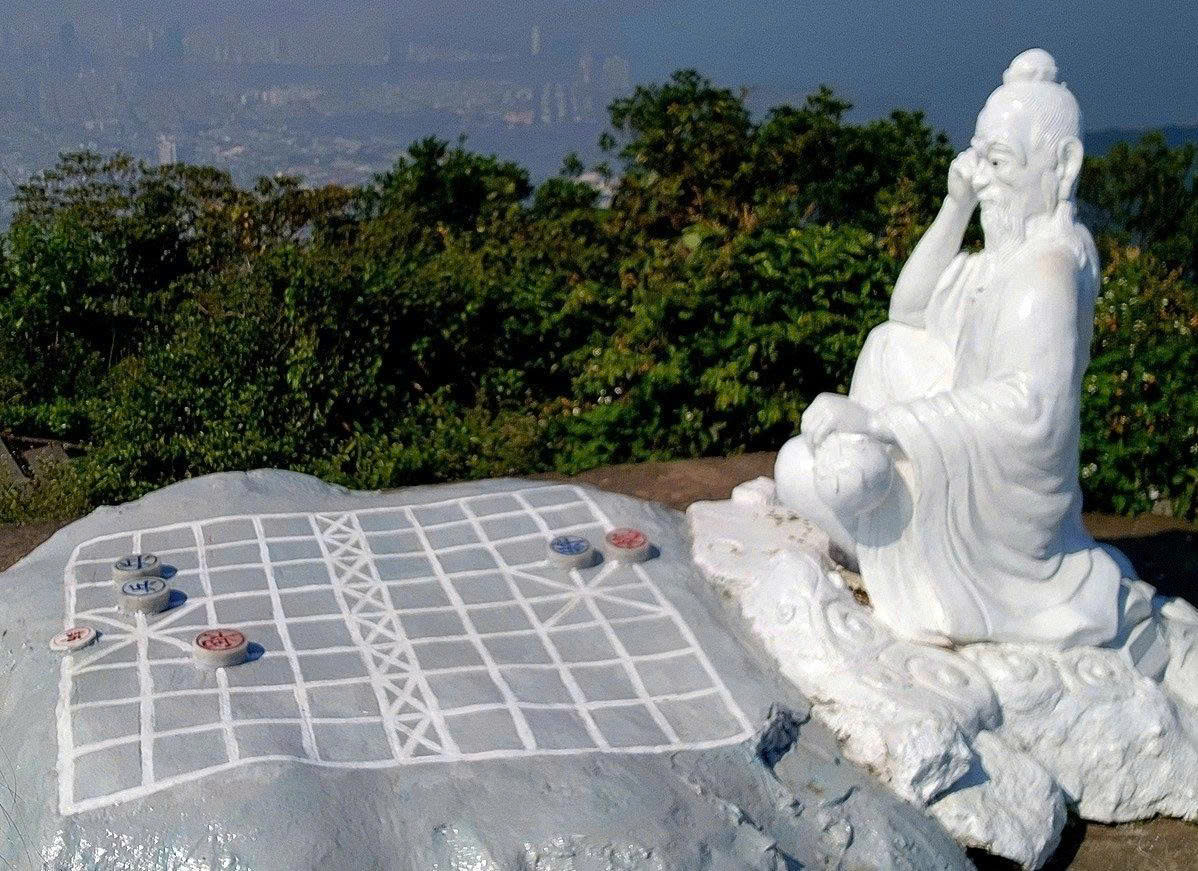 |
Ban Co Peak
Ban Co Peak is located on the Son Tra peninsula, about 10 km from downtown Da Nang, at an altitude of nearly 700 m above sea level. From here, visitors can enjoy panoramic views of the city, the East Sea, and iconic bridges such as the Dragon Bridge and the Thuan Phuoc Bridge.
The name is associated with the legend of two immortals playing chess, with one deep in thought beside a stone table, creating a unique symbol at the mountain's peak.
Photo: Nguyen Dong
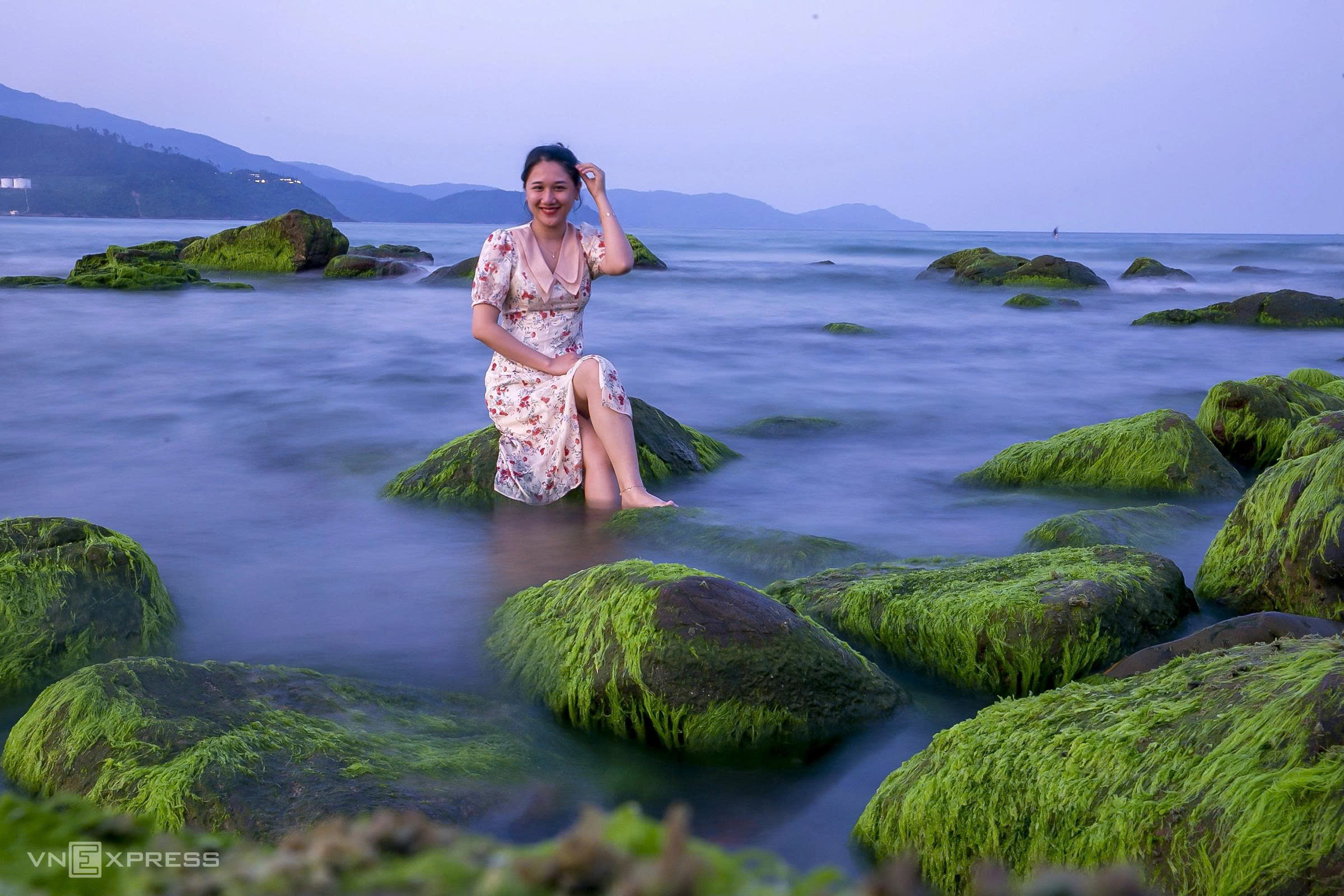 |
Nam O Beach
Nam O beach is located in northwest Da Nang, about 17 km from the city center. It's known for its moss-covered rocks, clear water, and stretches of fine sand, retaining a pristine quality due to limited tourism development. During moss season, from February to April, Nam O beach attracts photographers and tourists seeking sunrise photos. Besides its natural beauty, Nam O is an old fishing village famous for its traditional fish sauce production. It's an ideal place to experience coastal life and learn about the culture of central Vietnam's fishing communities.
Photo: Nguyen Dong
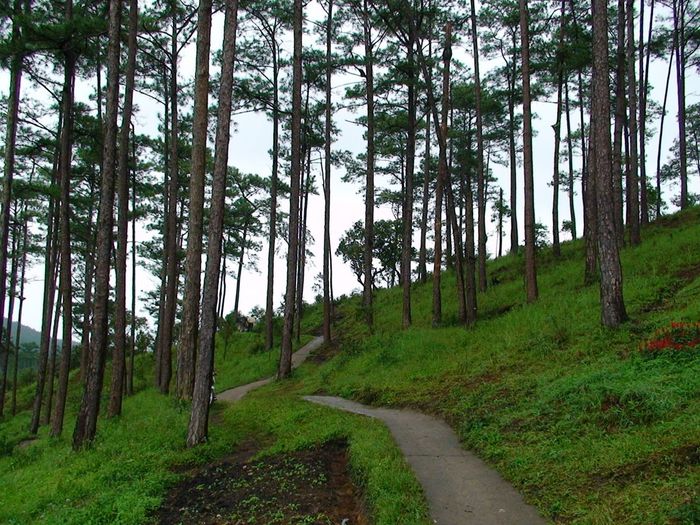 |
Bo Bo Pine Forest
Bo Bo pine forest is located in Dien Tien commune, Dien Ban town, Quang Nam province, about 20 km from downtown Da Nang. It's famous for its towering pine trees, creating a cool, quiet, and green space suitable for picnics, outings, and photography.
Unlike the crowded spots in the city, Bo Bo pine forest retains a natural, untouched quality, especially in the early morning when mist hangs over the trails. It also holds historical significance, having served as a resistance base during the French and American wars.
Photo: Vinpearl
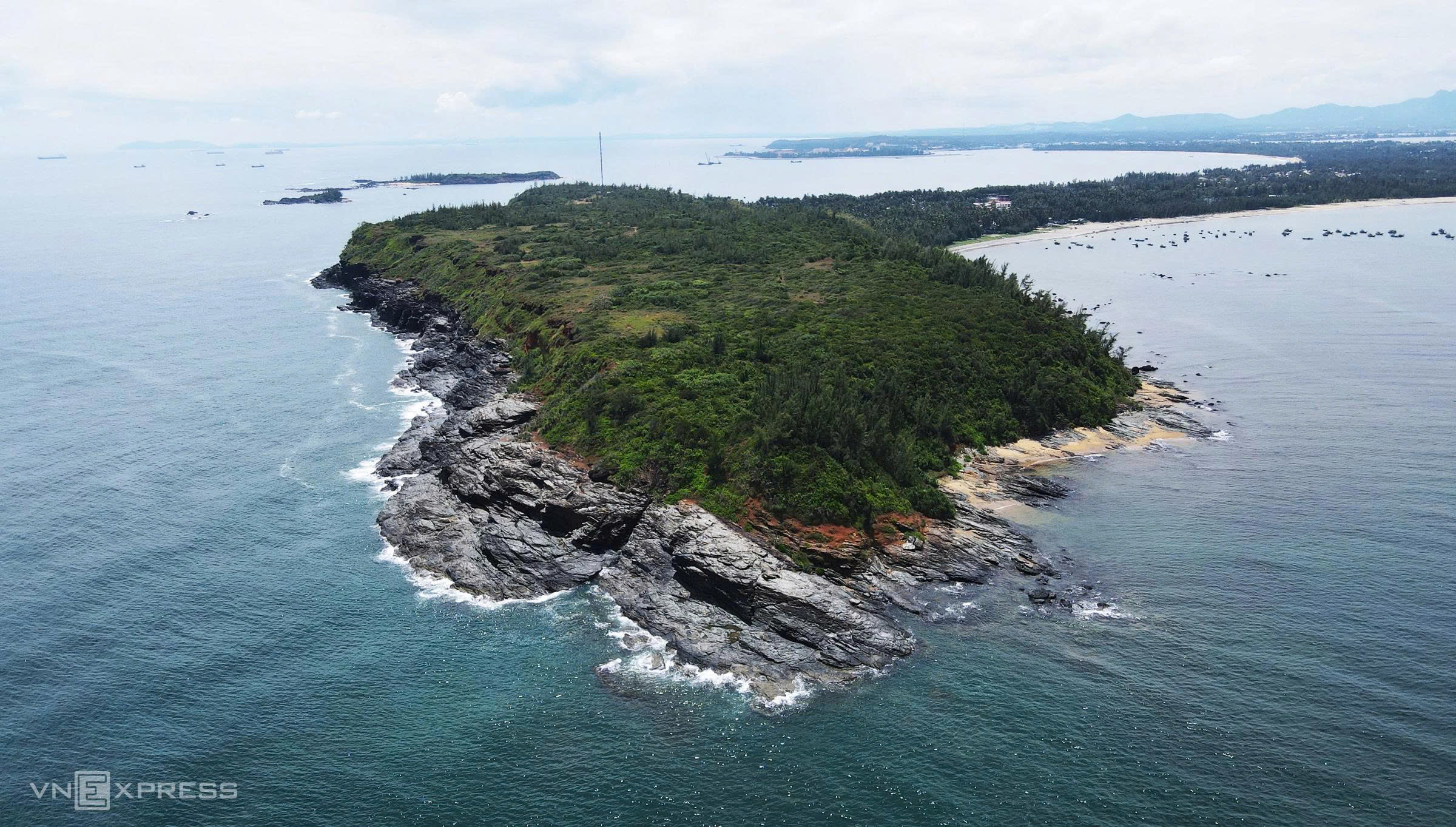 |
Black Rock Beach
Black Rock Beach is located in the north of the Son Tra peninsula, about 20 km from downtown Da Nang. It's characterized by large, black moss-covered rocks nestled among clear blue waters and surrounded by a primeval forest. Its secluded location and limited foot traffic allow Black Rock Beach to maintain its pristine beauty, making it ideal for exploration, picnics, and camping. To reach it, visitors must traverse a forest trail or take a boat from the harbor. Due to its proximity to coral reefs, it's also a great spot for snorkeling and observing marine life.
Photo: Dac Thanh
 |
Cu Lao Cham
Every July, Cu Lao Cham bursts into bloom with Bombax ceiba flowers, painting the mountains, hillsides, and coastal roads in vibrant red. The Bombax ceiba trees here are a broad-canopied species with small, bright orange-red flowers. This unique feature makes Cu Lao Cham an attractive destination for nature lovers and photographers.
Bombax ceiba season is considered the best time of year to explore this small island, part of Hoi An and located about 18 km offshore. It's also the season for the best seafood. Visitors can enjoy local specialties like stone crab, abalone, and oc vu nang after a day of flower viewing, beach walks, and exploring the fishing village.
Photo: Le Huy Tuan
Lan Anh












